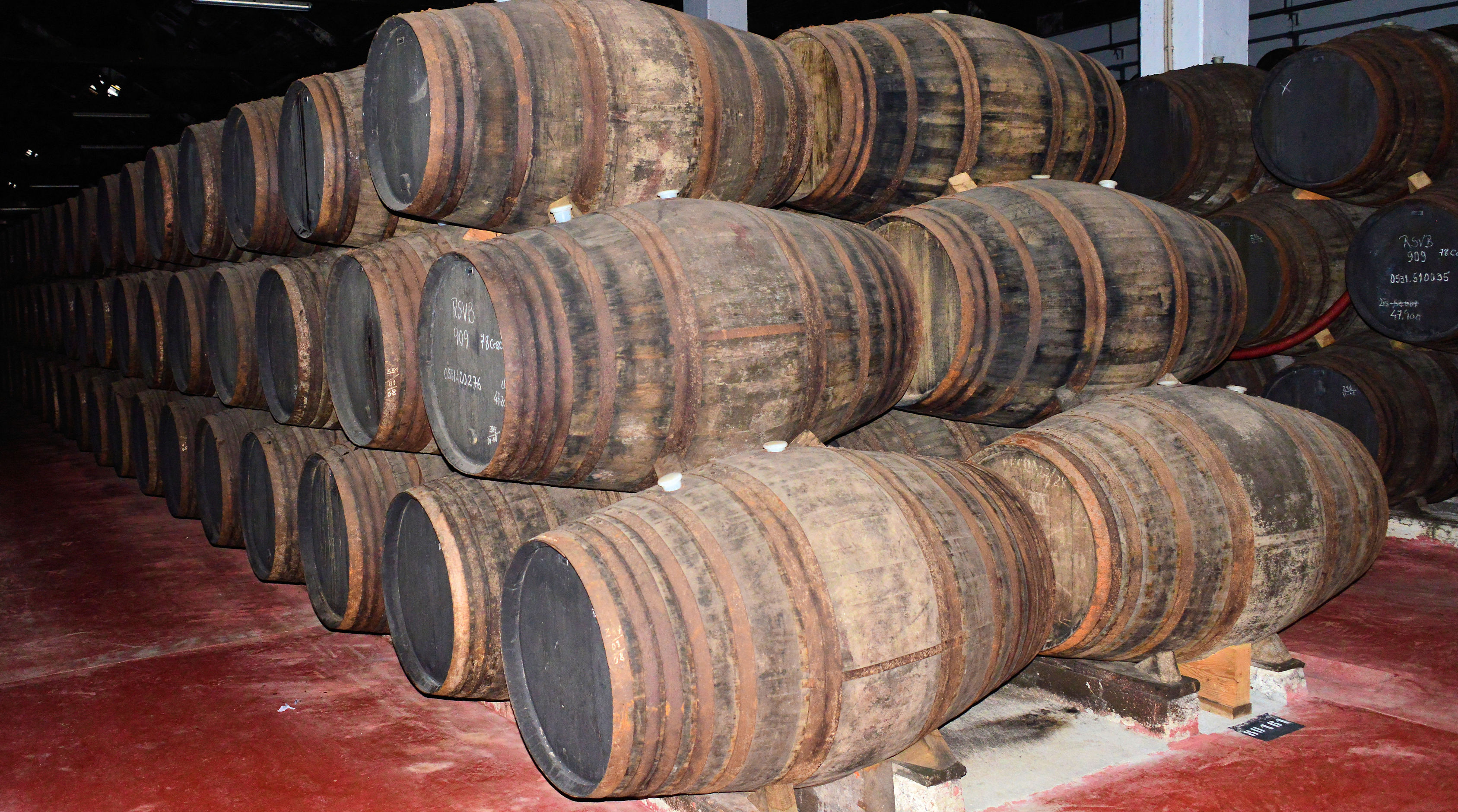The different types of Port Wine


If you would ask the average person next to you in the Subway how many Port Wine categories there are, you would most likely receive only a confused silence. If you are lucky, the answer would be that there are white Ports and red Ports. Which is true. Or the person might say that there are good Ports and not so good Ports. Which is also true. Or expensive Ports and not so expensive Ports;. Which is not absolutely true – in my view, all Port is way too cheap. But more about that in another chapter.
These answers about categories are not wrong – but as usual in life, the truth is much more complicated and complex than it appears. The problem with Port Wine is that we don’t produce it on Monday to drink it on Wednesday. It rather needs a long, long time to mature. Many, many years. And depending on how the wine is stored, it will affect the wine. It can be stored in huge wooden casks; in small wooden casks; in stainless steel tanks; in cement tanks; in small or large bottles. A wine that has been stored two years in a stainless steel tank will have a completely different aroma than a wine that matured 40 years in a small wooden barrel.
Therefore it’s very important that the label states very clearly the category of the wine. There is a huge regulation around Port Wine. Portugal discovered very early how important it is to be transparent and honest around the Port – this was one of the reasons why the Marques de Pombal got involved and declared in 1756 that Port Wine may only come from a demarcated region in the Douro Valley. If the consumer is misguided, the premium product Port Wine will fall apart.
The “Instituto dos Vinhos do Douro e do Porto” is in charge for announcing the categories and to approve the labels.
When we visit the web-page of the Port Wine Institute ( www.ivdp.pt ), it starts all very easy. The Institute differentiates between two major categories: Ruby Ports and Tawny Ports.
For Ruby Ports the wine makers in general try to preserve the fruitiness and the fresh vibrancy of the wine. It’s purple in the beginning and later, after many decades, will show a brick-red-color. It’s important that this wine doesn’t get in contact with much oxygen during the maturation process. It can age in large casks or in bottles.
Tawny Ports are already more developed when they are bottled. They have spend several years in often quite small barrels and have therefore had contact with oxygen. The longer a Tawny matured, the more intense are the aromas. We will find dry fruits, nuts, caramel aromas. Tawnies are normally bottled when the wine maker thinks that they have reached the point where they shall be drunk.
We can also distinguish between white and red Ports. Since a few years we see also rose Ports in the market.
Let’s have a closer look at the sub-categories:
Ruby Ports
Tawny Ports
White Ports
- White Port
- Reserve White Port
- Colheita
- White Port with an indication of age (10,20, 30 and 40+ years)
Rose Port
- Rose Port

